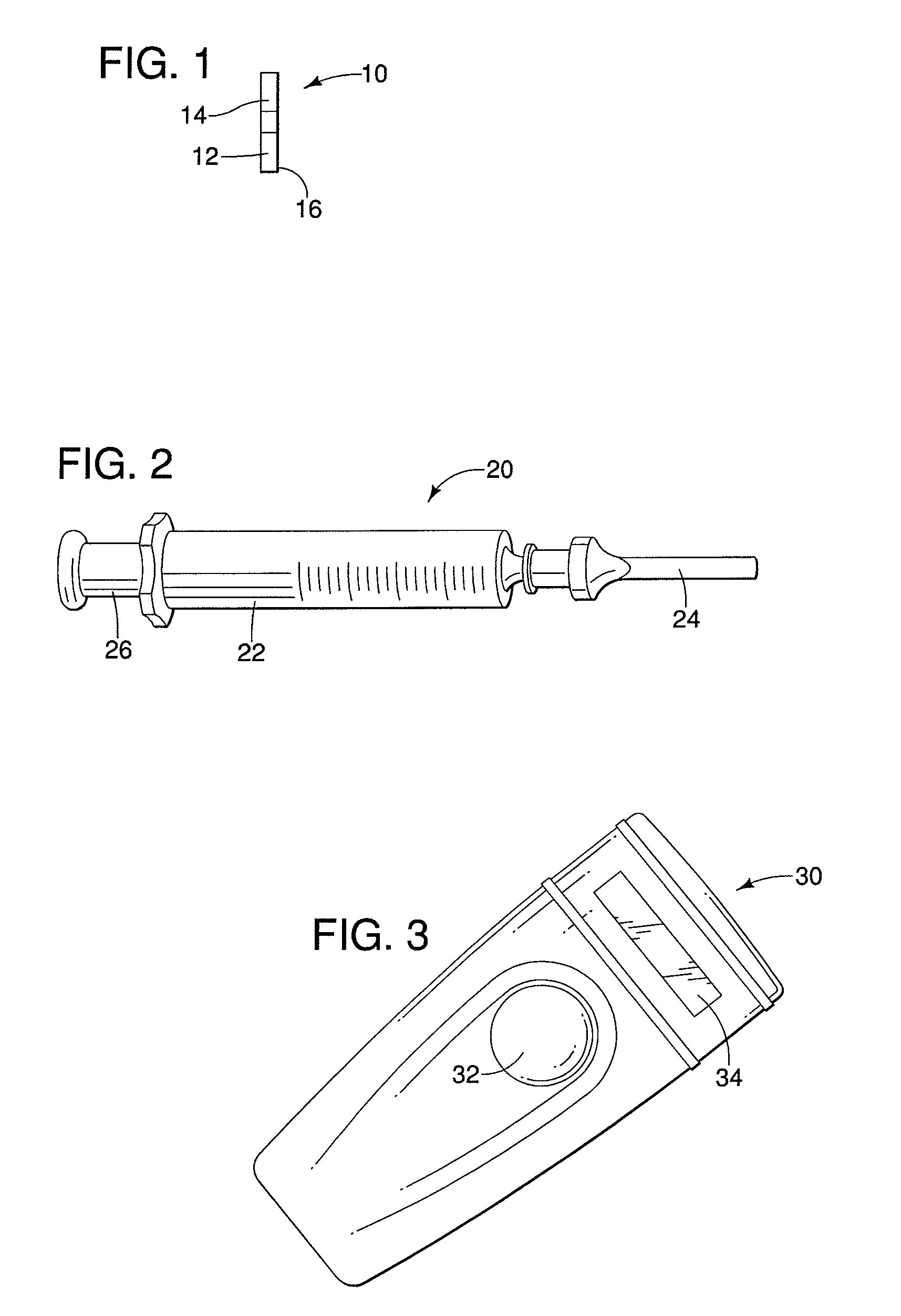Surgical procedures
a surgical and surgical technology, applied in the field of surgical procedures, can solve the problems of difficult analysis of each sample by the cytologist, limited number of limitations, and often cannot be removed, and achieve the effects of less reliance, efficient and reliable location and identification of target tissue, and more precise and reliable excision of tissu
- Summary
- Abstract
- Description
- Claims
- Application Information
AI Technical Summary
Benefits of technology
Problems solved by technology
Method used
Image
Examples
Embodiment Construction
[0038]The following is a detailed description of an embodiment of the invention presently deemed by the inventors to be the best mode of carrying out their invention.
[0039]The invention described herein is appropriate for a range of applications for marking specific volumes of tissue or foreign objects for surgical excision or other purposes. Although the description is largely in the context of marking nonpalpaple lesions in breast tissue for subsequent excision, the invention is not so limited. For instance, the invention may be used to mark tissue in a variety of locations in the body of a human being or an animal, such as the liver, the lungs, muscle tissue, bones, or other tissue or organs where the advantages of the invention may be realized. It may also be used to mark foreign objects in tissue or body cavities, such as a bullet or the like. Accordingly, the invention as described and claimed below is not limited to the marking and removal of lesions in breast tissue.
[0040]FI...
PUM
 Login to View More
Login to View More Abstract
Description
Claims
Application Information
 Login to View More
Login to View More - R&D
- Intellectual Property
- Life Sciences
- Materials
- Tech Scout
- Unparalleled Data Quality
- Higher Quality Content
- 60% Fewer Hallucinations
Browse by: Latest US Patents, China's latest patents, Technical Efficacy Thesaurus, Application Domain, Technology Topic, Popular Technical Reports.
© 2025 PatSnap. All rights reserved.Legal|Privacy policy|Modern Slavery Act Transparency Statement|Sitemap|About US| Contact US: help@patsnap.com


